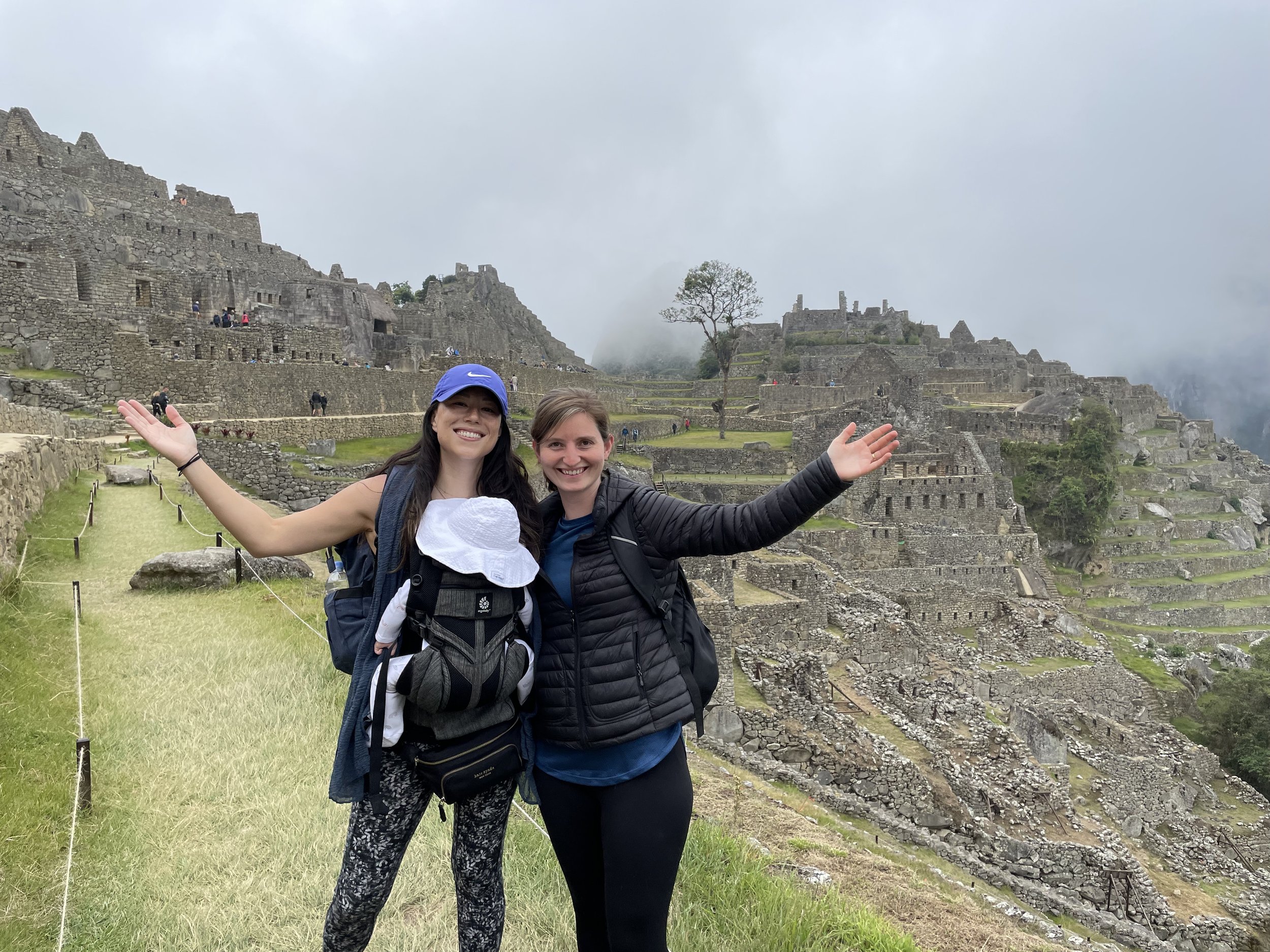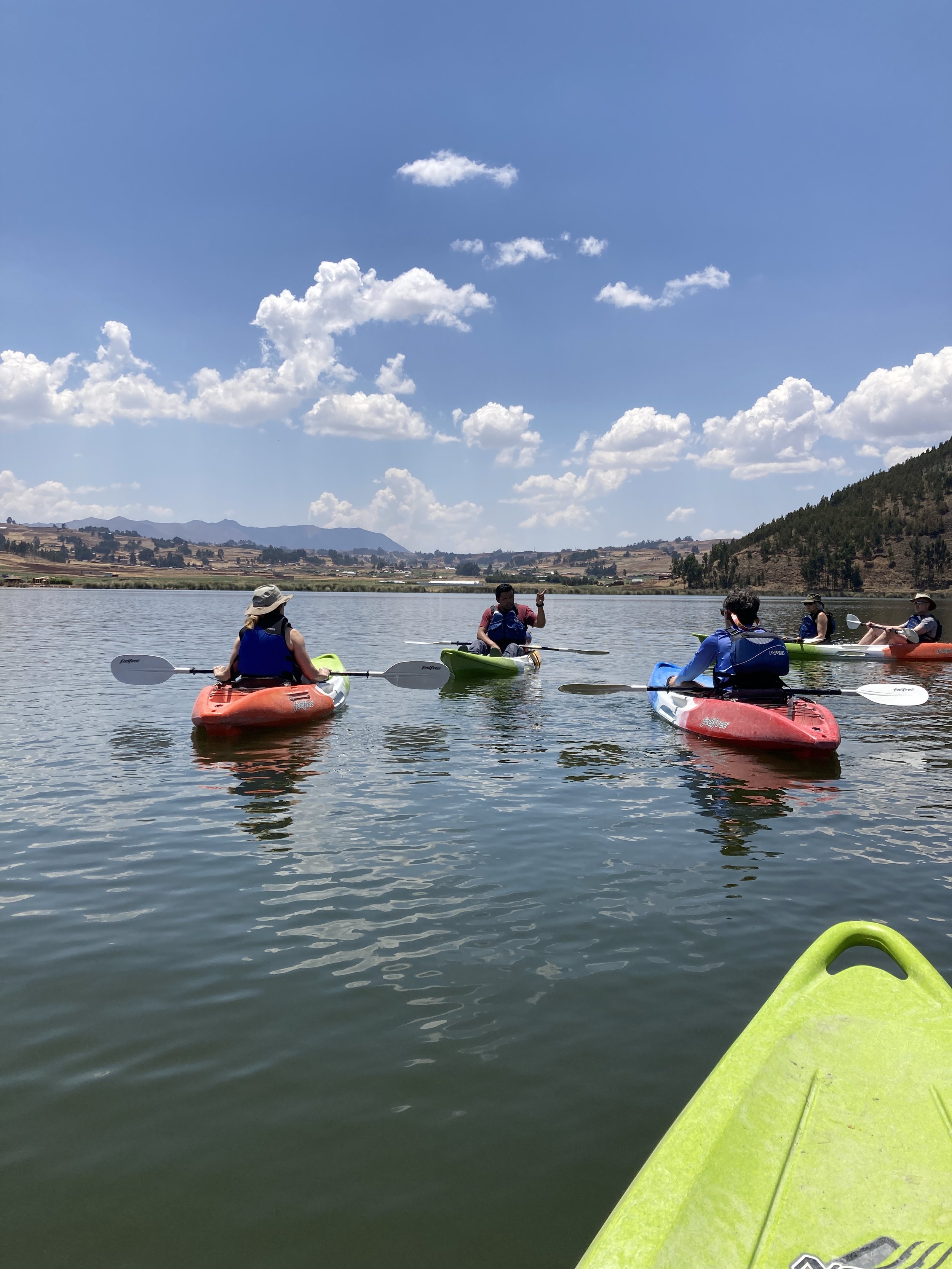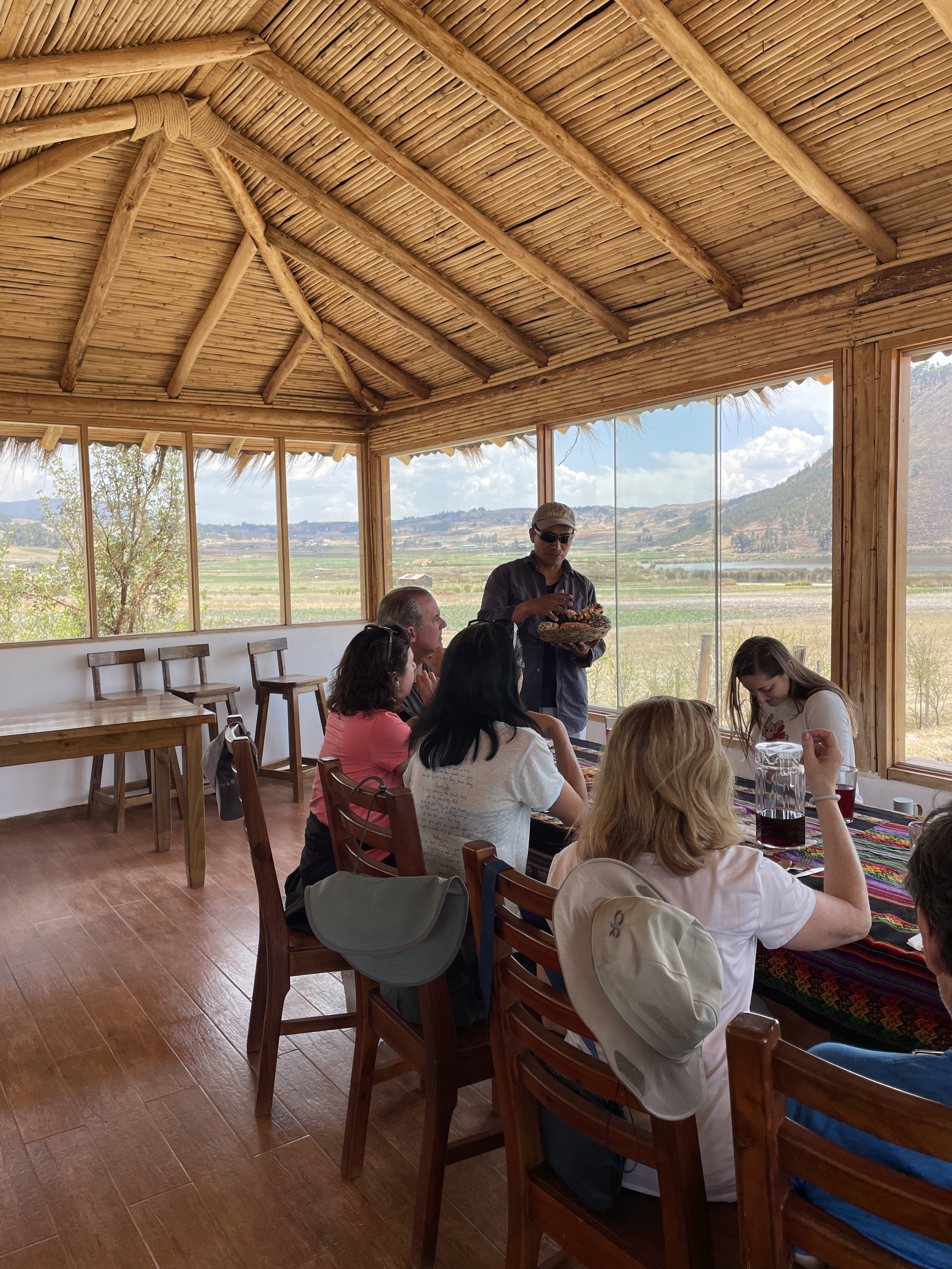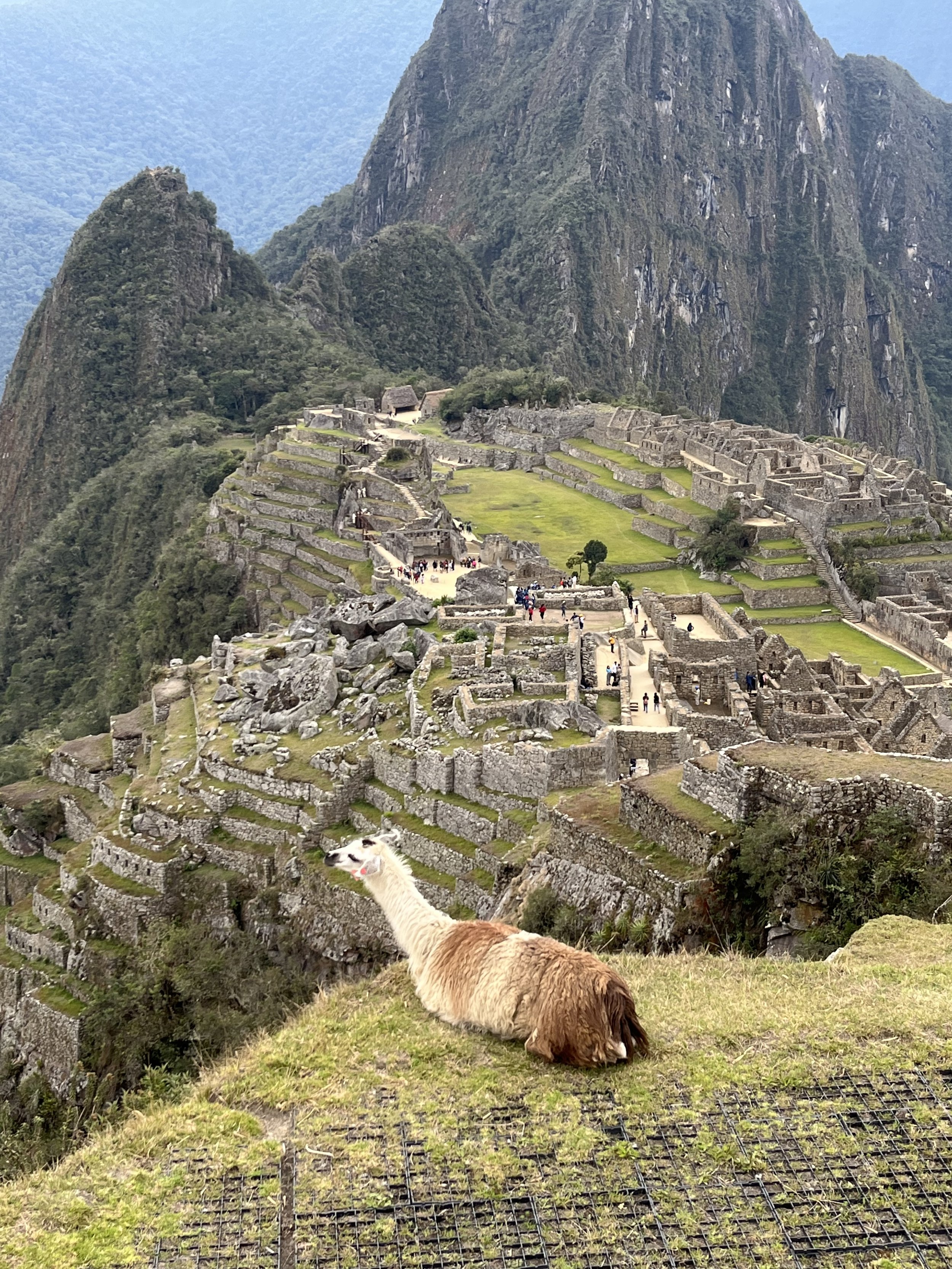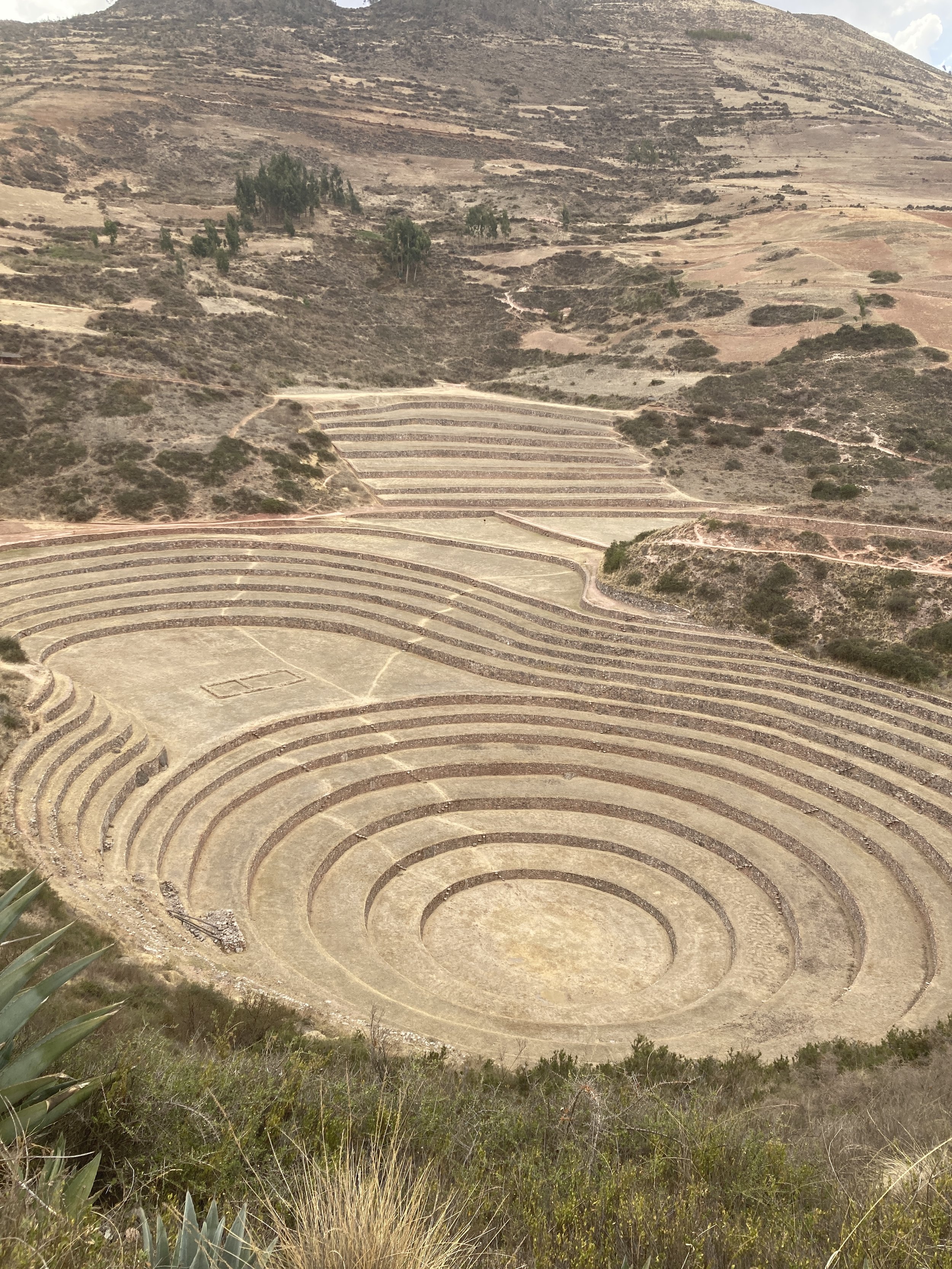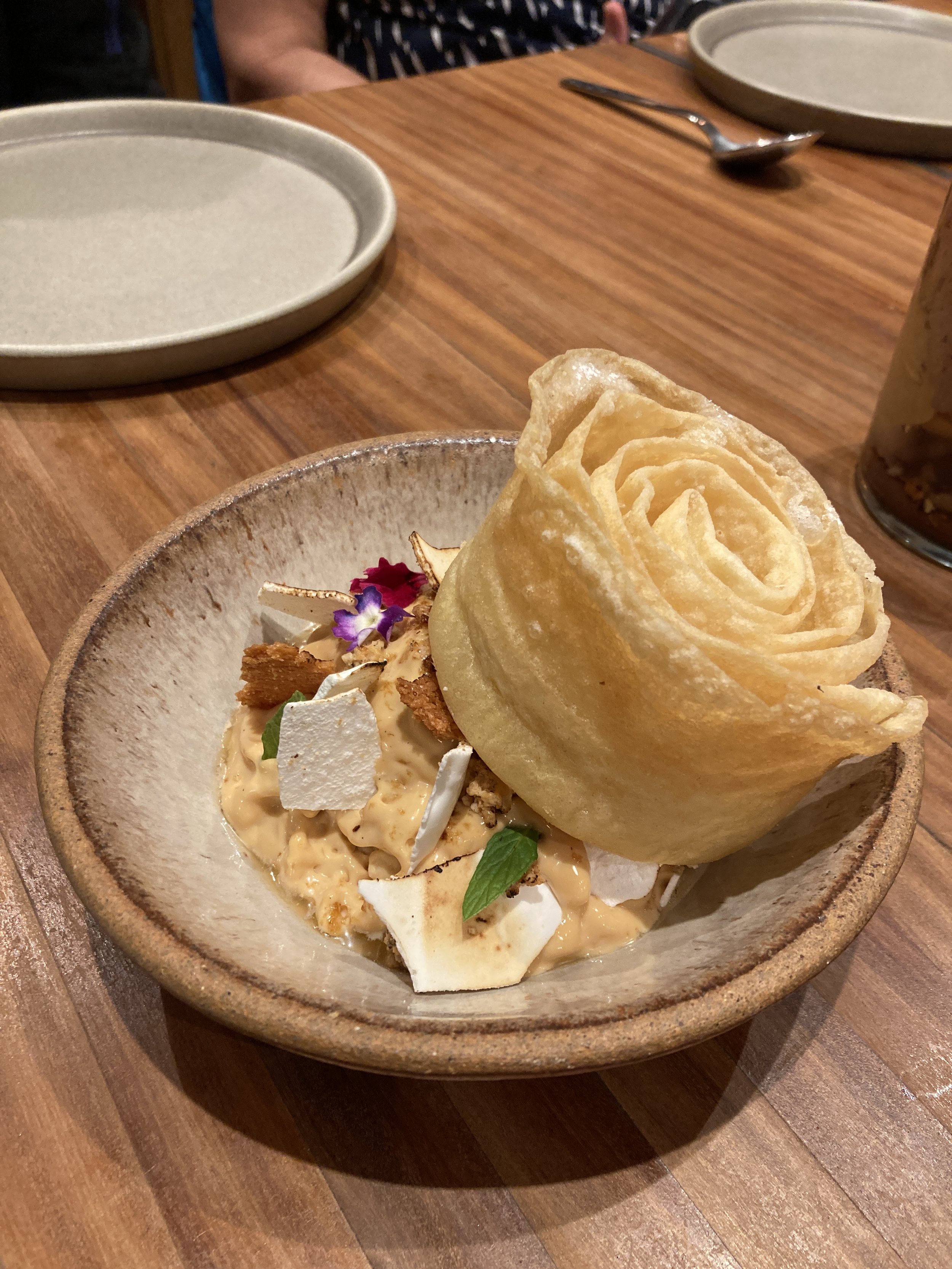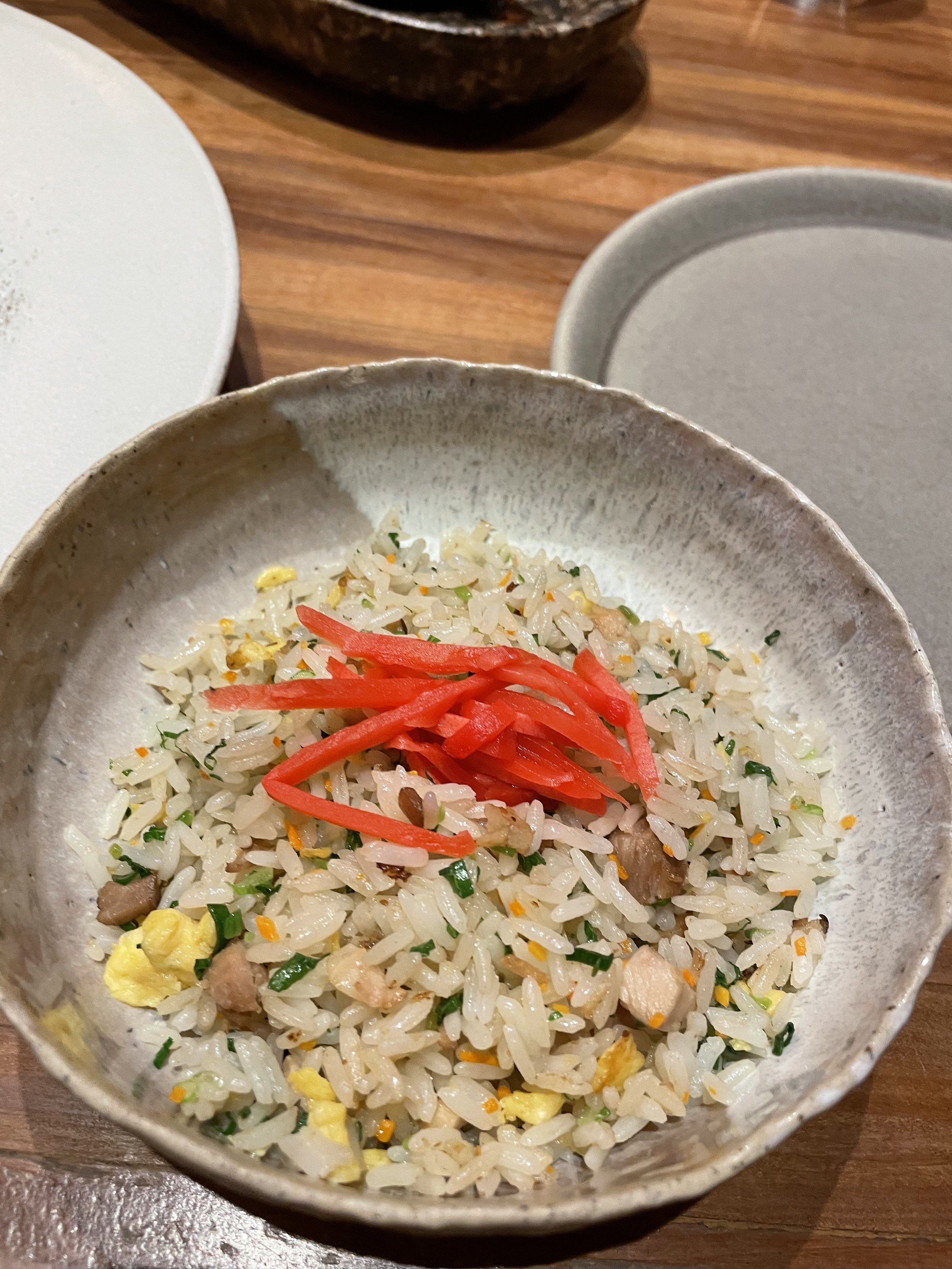71 Things to Know When Traveling to Peru
/If you want to be prepared for your upcoming trip to Peru, our guide will help you get there.
These 71 tips come from our extensive travel expertise and 7+ years of traveling to Peru from the United States and exploring the country. It’s also the list we send to TTLT travelers on the Taste of Peru Tour.
The list is broken down into sections from weather to health & altitude for easy reading and searching.
Let’s get started!
Pre-Departure Information | Currency | Hotels | Weather & Outdoor Activities | Transportation | Health & Altitude | Internet & Phones | Voltage | Safety | Food & Water | Bathrooms | Cultural Norms | Basic Spanish (with pronunciation!)
Pre-Departure Information
1. For U.S. Citizens - register for the U.S. Department of State’s Smart Traveler Enrollment Program (STEP).
2. Talk with your cell phone carrier. If you’re planning on using your cell phone while abroad, find out the best international plan that will suit your needs.
3. Research current COVID entry requirements and make sure you’re in compliance. Please stay up to date on the State Department website.
4. If you have any concerns about altitude, we advise that you talk with your doctor about altitude medication.
5. Notify your banks of your travel plans and itinerary for the international use of your credit cards and ATM cards.
6. Check your passport expiration date. For U.S. Citizens - passports must be valid for 6 months after the return of your journey and should also have sufficient blank pages for visas and immigration stamps.
7. Visit a doctor or travel pharmacist 4-6 weeks prior to departure. Give your doctor your itinerary and history of vaccines. Ask for routine vaccinations and prescriptions as necessary (including a backup supply of antibiotics). For more information visit the CDC.
8. Download books/shows/movies to electronic devices.
9. Make two (2) copies of your important documents such as passports, credit cards, and driver's licenses. Leave one copy with your emergency contact and store another copy in a safe place in your luggage (separate from the actual documents).
Currency
10. The Sol (plural = Soles) (S/.) is used in Peru, and the best exchange rates are usually found by direct withdrawals from ATMs as opposed to exchanging cash. There are many people exchanging cash on the streets, especially in Lima. We do not advise this as there is some risk of counterfeit money.
11. Do not accept torn or taped bills since they will often not be accepted by Peruvians. US Dollars are often accepted in tourist areas, however vendors typically charge unfavorable exchange rates to use USD for payments.
12. Contact your bank prior to departure to notify them of your intended use of cards overseas. Ask your bank what your foreign transaction fees are and any ATM withdrawal fees.
13. Credit cards are accepted in most areas but it is a good idea to extract some local currency for use in small shops or cafes.
14. When paying by credit card, vendors will often ask you or show you the option to select "local currency" or "convert to USD" - in which case you should always select local currency. If you choose to convert to USD the local bank gives you a conversion rate to accept and it is usually unfavorable. Typically allowing your credit card company to make the conversion offers a much better rate.
15. We do not recommend bringing traveler’s checks, exchanging cash in advance, or using foreign currencies (like USD) even when possible. Those methods typically incur hefty fees or the exchange rates are not the best.
16. In Peru, a 18% IGV (impuesto general a las ventas) or general sales tax equivalent to VAT is typically already built into prices.
Hotels
17. Please note that passports are required for check-in to each hotel.
18. For Peruvian citizens, hotels are subject to an 18% tax. By showing your international passport upon check-in, the 18% tax will be automatically removed for foreign nationals.
Weather & Outdoor Activities
19. Peru’s weather ranges from the coastal areas to the highlands. In the highlands, from May to September the days are often clear and sunny and it is the dry season. Daytime temperatures are warm between 65 – 80 degrees Fahrenheit. Night temperatures can drop to near freezing.
20. From October to November the days are often clear and sunny, but intermittent rain is possible as the dry season gives way to the wet season. Daytime temperatures are warm, between 65 – 75 degrees Fahrenheit. Night temperatures can drop to near freezing.
21. Regardless of the time of year, it is important to always carry drinking water, stay hydrated, and wear sunblock and hats as necessary to reduce your sun exposure. Air conditioning and heating in vehicles and hotels are generally available but are not guaranteed.
22. If during your trip you are in mountain conditions there is potential for close proximity to wild animals. Although animal attacks are rare, nobody can guarantee this will not occur. It is important that you follow all guides and staff safety instructions carefully. Respect your surroundings and do not get close to any animals.
23. If you’re participating in outdoor activities in the mountains, we recommend bringing hiking shoes. We also recommend bringing a small day pack where you can carry water, cameras, and other essentials.
Transportation
24. In most cities in Peru it is easy to walk around and take taxis for further distances. Private taxis are often not regulated and charge much lower fares. Regulated taxis are those which have a lit company number on the roof and are reached by phone. They are more expensive than taxis you can wave down on the street. You can also ask your hotel to coordinate a taxi service for you.
25. There are no meters in taxis, so the fares should be requested before getting in. You can negotiate the rate. Taxi drivers do not expect tips, however you can round up the fare if you wish.
Health & Altitude
26. Medical care is generally good in Lima with many doctors who speak English. In other areas of Peru, the healthcare is generally inadequate for serious medical conditions and travelers should return to Lima for care. Pharmacies, however, are well equipped throughout the country and carry most medications available in other countries.
27. Many travelers going to the Andes Mountains are prone to altitude sickness, which can be a serious life-threatening disease or one which can exacerbate existing medical conditions. Altitude can affect you regardless of your physical fitness.
28. It is recommended to acclimatize for a few nights after arriving at a higher altitude. During the first 36-48 hours you should avoid physical exertion and alcohol, and eat light and healthy meals. It is important to stay hydrated and drink lots of clean water.
29. Our itinerary accommodates for acclimatization, starting in the Sacred Valley at approximately 9,000 feet and then toward Machu Picchu at approximately 8,000 feet, and finally to the highest point in Cusco at approximately 11,000 feet.
30. We recommend consulting with your doctor and or a travel pharmacist regarding any vaccines or medicines you may need, including Diamox for altitude sickness prevention.
31. All travelers should have health insurance before traveling to Peru. If your current health insurance provider does not cover medical expenses abroad, we recommend supplemental traveler’s insurance.
32. Please review with a travel pharmacist or doctor whether you are up to date on routine vaccinations and other vaccinations that are relevant to your travel to Peru. You can visit the CDC for more information.
Internet & Phones
33. Most often Wifi internet access will be available via hotel internet connections throughout the duration of your trip; quality of the internet connection is not guaranteed. The connection at many hotels is not typically very strong or reliable.
34. During day excursions there is typically no cell reception or internet.
Voltage
35. The voltage in Peru is 220 volts at 60 hertz. Most of our electronics these days come with chargers that automatically convert, so you only need to bring an adapter. Peruvian sockets are often designed to receive 2 round or flat pins, but occasionally there are round -only sockets. It's best to bring an adapter that converts flat to round, as well as 3 prong to 2.
36. Items such as hair dryers and curling irons usually require a power adapter.
Safety
37. Pickpocketing is common in Peru. Be aware of your surroundings and keep cash and valuables concealed in zipped bags or zipped pockets. Thieves generally target people who look unaware or whose bags are not secured. You should be extra alert if somebody approaches you or “accidentally” runs into you or spills something on you as they may try to “assist” you and use that opportunity to distract you, or they may have a partner who will pickpocket you.
38. Always pay close attention to your belongings, especially important travel documents such as your passport and Peruvian tourist card (received upon entry), which should be kept with you at all times.
39. It is best to carry bags or purses that have cross-body straps and to keep your hand on them for extra security. When your electronics are not in use, do not carry them in hand; instead secure them inside bags or pockets, especially phones and cameras which are targets for snatching while held in hand.
40. Lock your valuables in safes in your hotel room and don’t take more cash than necessary when walking around. When you pay for something, conceal your cash so it’s not out in the open.
41. Do not put your bags down unattended, as they can be snatched quickly. Additionally, when traveling in vehicles such as taxis maintain your bag in your lap or secured in your hands. There have been thefts from people on motorbikes opening car doors as they drive by. Lock your car doors while driving.
Food & Water
42. It is not safe to drink the tap water in Peru. We do not recommend drinking water in Peru that is not bottled, boiled, or filtered. We recommend you bring a filtration bottle to use.
43. We do not recommend eating street food; exercise caution in what you eat and drink.
44.We advise all guests to drink with caution and bear in mind that it is not culturally appropriate to overindulge or become intoxicated.
Bathrooms
45. Public restrooms in most cities in Peru are difficult to find. Some restaurants and other small shops will offer their restrooms for paid use.
46. You should always carry your own supply of toilet paper, hand sanitizer, and wet wipes since only some restrooms have proper sinks.
47. Due to old plumbing and sewer systems, you should not flush toilet paper down the toilet. Instead, you will notice a small waste basket next to the toilet where you should deposit your used paper.
48. Our recommendation is to always use a bathroom when it’s accessible instead of waiting until you need one.
Cultural Norms
49. Photographing military, police, or airport installations is strictly forbidden. Many churches, convents, and museums also do not allow photography or video.
50. Do not take pictures of people without their permission, especially when taking photos of indigenous people and children.
51. Peruvians place importance on relationships and people over a strict adherence to schedules so meetings are often late, often up to 30 minutes.
52. Peruvians communicate in close proximity. When they stand nearby, do not back away as that can be offensive.
53. It is considered rude to refuse a dinner invitation or to refuse to eat something when you are a guest.
54. Avoid resting your elbows on the table while eating; using your wrists is acceptable.
55. Avoid putting your feet up on a chair, desk, or table.
56. Avoid crossing your legs by resting the ankle of one leg on the opposite knee. Cross your legs at the knees instead.
57. When talking with locals it is considered taboo to discuss government, politics, terrorism, religion, and a person’s ancestry.
58. Bargaining is common in Peru, especially in shops and markets. Don’t go overboard, though. It’s best to offer about 20 percent below the price that you’re quoted and typically vendors and shoppers meet in the middle.49.
Basic Spanish
59. Hello – Hola (OH-la)
60. Good morning – Buenos días (booEHN-os DEE-as)
61. Good afternoon / evening – Buenas tardes (booEHN-as TAR-dehs)
62. Good night – Buenas noches (booEHN-as NO-chehs) *used at the end of the night
63. Good appetite (before eating) – Buen provecho (booEHN pro-ve-cho)
64. Please – Por favor (pohr fah-VOR)
65. Thank You – Gracias (gra-see-ahs)
66. You’re Welcome – De nada (deh NA-da)
67. I do not understand - No comprendo (no kom-PREN-doh)
68. Yes – Si (see)
69. No – No (noh)
70. Cheers - Salud (Sah-LOOD)
71. Goodbye – Adiós (ah-dee-OHS)
Interested in a dream trip to Peru with exclusive access to private venues and local chefs, with all the details arranged for you? We’ve got you covered - check out our Taste of Peru Tour!
If you’re traveling to Peru on your own and don’t know where to start or want to tap into our travel expertise to make the most of your trip, check out our customized travel coaching and optional booking service.
No matter where you travel, we always recommend purchasing travel protection to safeguard against sudden changes or cancellations. If you don’t already have a preferred vendor, you can check out ours - Travel Insured - who offers a “Cancel for Any Reason” policy.




